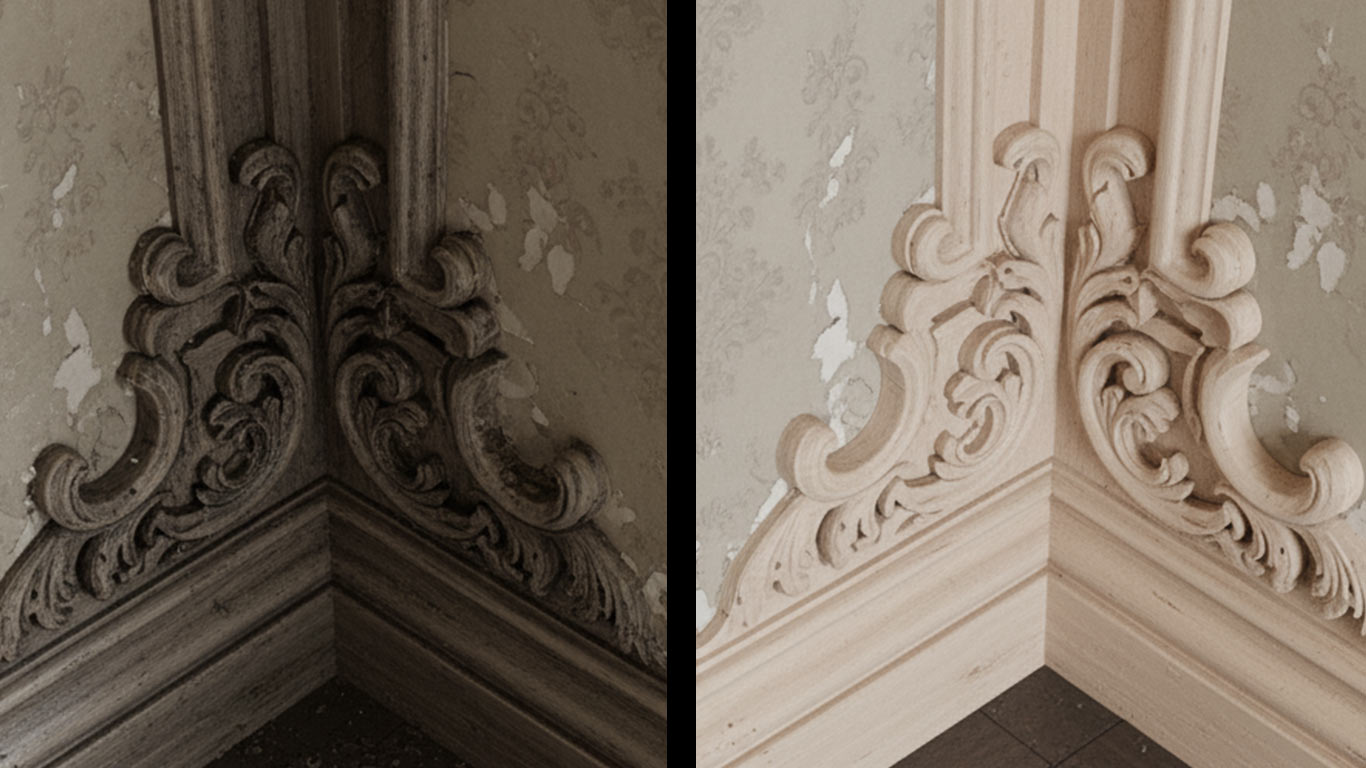
FDA
FDA 21 CFR 1040.10 - Laser Product Performance Standards



When laser cleaning poplar, its porous structure traps contaminants deep inside and can lead to uneven heat distribution. But by slowing the scan speed to around 500 millimeters per second with two passes, you effectively remove surface buildup while keeping the wood's natural flexibility intact for furniture and musical instruments.
The contaminated surface shows dark particles clinging to the wood fibers. Grime fills the open pores, making the texture uneven and dull. Layers of dirt obscure the natural grain patterns across the area.
Laser treatment removes the particles, exposing clean fibers underneath. The pores now stand open and clear, with a smooth and even texture. The grain patterns reveal themselves sharply on the restored surface.

FDA 21 CFR 1040.10 - Laser Product Performance Standards

ANSI Z136.1 - Safe Use of Lasers

IEC 60825 - Safety of Laser Products

OSHA 29 CFR 1926.95 - Personal Protective Equipment

EPA Clean Air Act Compliance